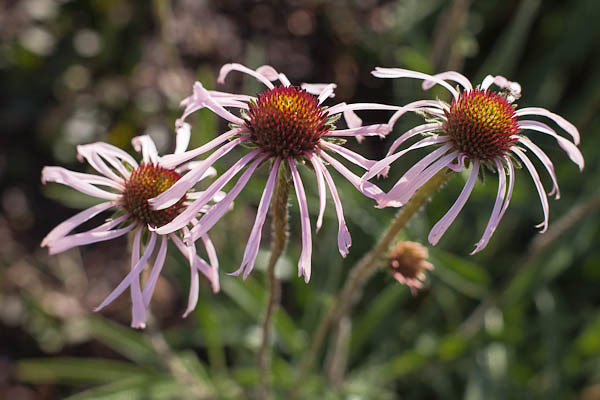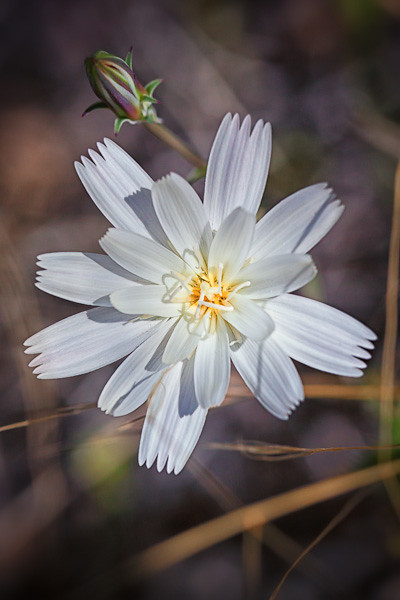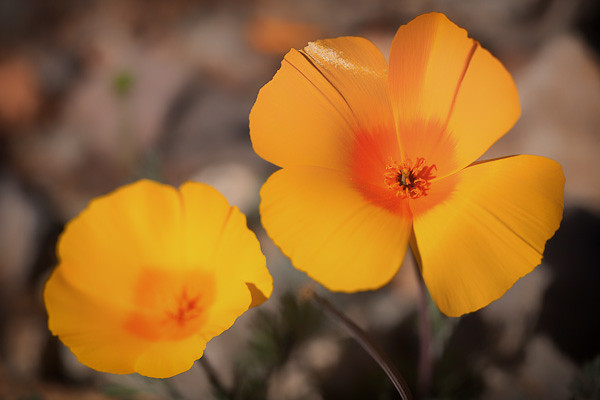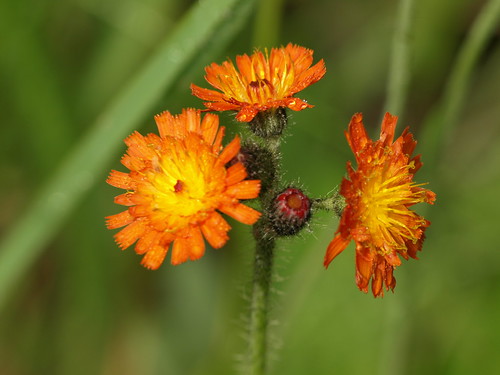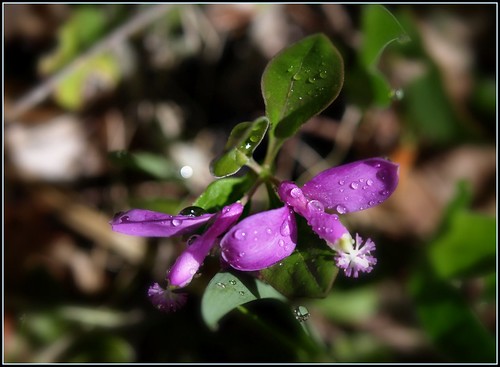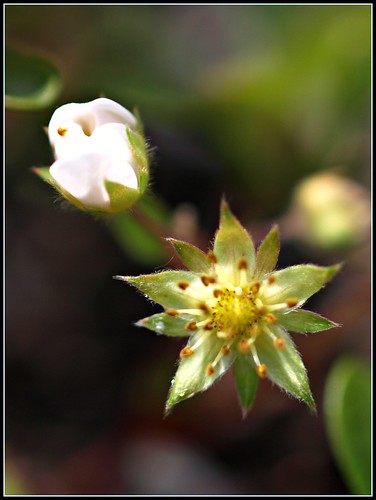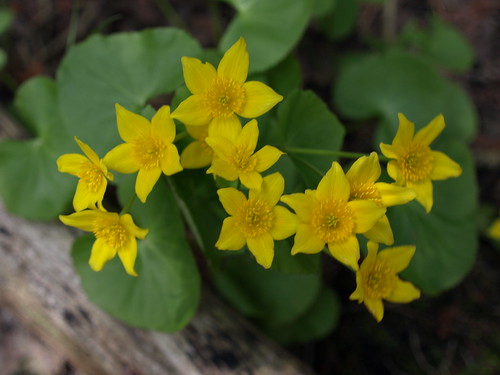
Lesser Periwinkles ©2016 Bo Mackison
May 1, 2016
Owen Conservation Park, west side of Madison, Wisconsin
Start: 8:10 am
cloudy 43˚F
wind 10 mph NE
barometric pressure 30.10
humidity 80%
Woods:
hear Woodpeckers, species unknown
Fiddle heads emerging
Trout lilies in full bloom
Jack in the pulpits, just emerging from earth
Honeysuckle, in tight bud
Chokecherry, leaves clustered
Robins, common
Bluejay, male adult
Lesser periwinkle (vinca) in moderate bloom
Dutchman’s breeches, close to full bloom
Virginia bluebell, full bloom
False solomon seal emerging
Wood anemone in bloom, moderate show
Bloodroot, emerging foliage
Yellow bellwort, in moderate bloom
Columbine emerging
Creeping charlie (ground ivy, spreading mint) dense blooms, disturbed ground near trail
Wild geranium (potted geranium) in moderate bloom
Maple tree shoots, six inches high, thick
Crabapple trees, several varieties, in moderate bloom
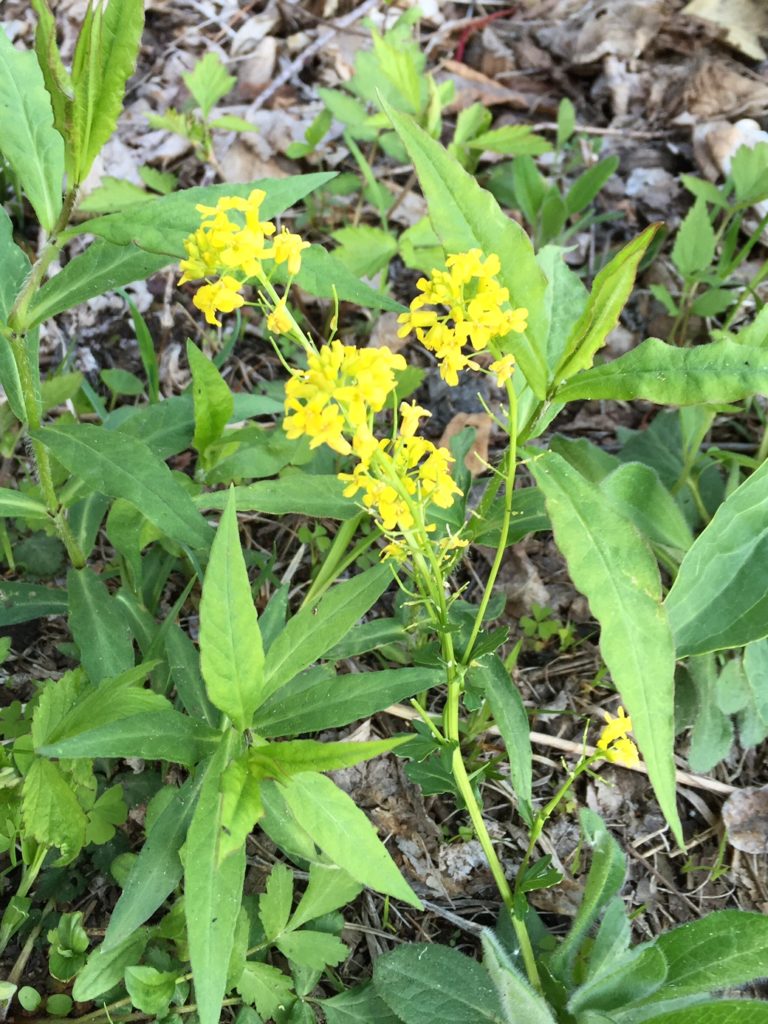
Golden Alexanders ©2016 Bo Mackison
Prairie:
Common blue violets (wood violet, wooly blue violet) in bloom, profuse
Garlic mustard in bloom (invasive weed threat)
Golden alexanders, moderate bloom
May apples, foliage emerging, no blooms – love these clusters of green umbrellas
rafter of wild turkeys – one adult male, three adult females
Confederate violets (blue and white variation of common purple) uncommon
White oak trees with emerging leaves
Ironwood trees, partially open leaves, still curled
Red maples, partially opened leaves
Silver maples, partially open leaves
Sumac, 5 ft high “sticks” with emerging red leaves
second rafter of wild turkeys – one adult male, five adult females

Rafter of turkeys ©2016 Bo Macksion
Pond:
Red wing blackbirds, common
Cardinals, a pair
Mallards, pair in water
Yellow warbler
Finish:
9:43 am
46˚F cloudy
wind 5 mph E
humidity 72%
~~~~
Twice a week phenology reports in woodland and prairie; once a week reports from pond. At Owen Conservation Park, Madison Wisconsin
Phenology is the study of plant and animals and their cycles influenced by climate and seasonal change, i.e., birds nesting/migrating, flowers blooming, trees leafing.
